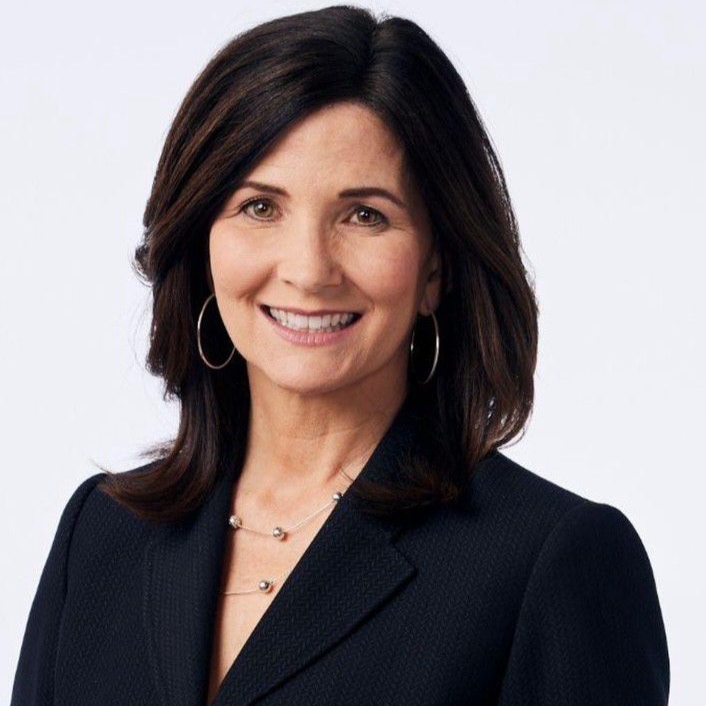Patricia Murphy: The ‘Bubbas for Bill’ Georgia tour that told Clinton aides ‘we might win this thing’

The Southeast Georgia bus tour this week for Kamala Harris and Tim Walz was a first in recent memory for a Democratic presidential ticket. But it wasn’t a first-ever. In September of 1992, Bill Clinton and then-Sen. Al Gore barnstormed Southwest Georgia on what aides dubbed the “Bubbas for Bill” tour after spotting a barn on the side of a Georgia road with an enormous “Bubbas for Bill” sign painted on it.
It was part of a series of bus tours across rural America that were meant to put Clinton where the campaign believed he could shine — in casual conversations and town-square rallies in places like his hometown of Hope, Arkansas.
In Georgia, that meant a swing through Southwest Georgia, starting in military-heavy Columbus and cutting through swaths of farms, fields and towns from Parrott and Albany, Sylvester, Tifton and Valdosta— all in a single day. Along for the ride were Hillary Clinton and Tipper Gore, a half dozen of Georgia’s most powerful Democrats, and a 10-bus caravan of aides and reporters 150 strong.
Although Georgia was dominated by Democrats such as Gov. Zell Miller and then-U. S. Sen. Sam Nunn, who joined the tour, the state had been trending Republican in presidential contests for years. The “Bubbas for Bill” tour was meant to fix that.
“What we were trying to do is change the dynamic for a Democrat in rural Georgia,” Gordon Giffin, Clinton’s 1992 campaign Georgia chairman, told me. “We could, with Clinton in particular but Al Gore also, appeal to voters that hadn’t thought about voting for a Democrat in quite some time.”
The first stop was at the Columbus Iron Works, where a write up in the Tampa Bay Times quoted Clinton telling the crowd, “It’s nice to be in a place where I don’t have an accent today, a place where a Moon Pie is something you eat, a (Columbus) Mudcat is something that plays baseball, a promise is something you keep and a president is someone who cares about ordinary working people, like the pride of South Georgia, Jimmy Carter.”
From Columbus, the “wagon train” headed south and east. Giffin was in charge of getting them all to Valdosta in time for the evening news, a duty made nearly impossible by Clinton’s penchant for stopping to greet the dozens, and sometimes hundreds, of Georgians who turned out to wave from the side of the road. One impromptu stop happened after he spotted a boy with a hand-lettered cardboard sign that read, “Give us five minutes. We’ll give you four years.”
After stopping over and over, Giffin asked Hillary Clinton to intervene. “She looked at me and said, ‘Won’t do any good, you tell him.’” After Giffin did, Clinton said he understood. “And it wasn’t 20 minutes later when he got up and yelled, Stop the bus!’”
Rain at the Albany stop soaked Lt. Gov. Pierre Howard and Al Gore so thoroughly they had to change clothes in the back of a local business. “I got to know Al real well that trip,” Howard laughed in a phone call this week.
Before the bus tour, Howard said he believed Clinton could win Georgia. After the trip, he was confident he would.
“It became apparent to Zell and I that a lot of people far away from politics- farmers, mechanics, whoever- they and their families were on the side of the road to wave to Clinton. That meant a lot,” he said.
Clinton did eventually win Georgia, by just about 13,000 votes, through a combination of in-person glad-handing, a Ross Perot-third party run, and a maneuver from Miller, Howard and others to move the Georgia primary ahead of Super Tuesday to give their fellow Southerner a boost early in the process.
Another asset for Clinton in Georgia were strategists Paul Begala and James Carville, who had just helped Miller win the state two years earlier.
Just as Clinton had Begala and Carville in his corner, the Harris campaign has a skilled hand in Ellaville, Georgia’s Quentin Fulks, who helped Raphael Warnock become the only Democrat to win statewide in 2022 as campaign manager. If anyone knows where to find the voters Democrats need to win in Georgia, it’s Fulks.
The key to Clinton’s win in 1992, and Warnock’s thirty years later, was a plan to identify parts of Georgia where Democrats rarely win, and go there anyway.
“You’ve got to show up, you’ve got to respect people,” Begala told CNN of the strategy behind the Georgia tour. “But then you have to show that you get it.”
Giffin agreed. “We were showing up where the real people were, and asking them about their lives. And (the Harris-Walz tour) is recapturing that,” said Giffin. “It’s the secret sauce.”
The Harris-Walz tour this week was different in important ways, too. With stops in Chatham and Liberty Counties, it was less about appealing to conservative, white voters than acknowledging that counties in South Georgia are often highly diverse and even majority Black. Liberty County, where the vice president and governor heard the marching band play its fight song Wednesday, is 44.4% Black.
There may be other potential Democratic voters for president in South Georgia, too, but they haven’t been spoken to directly in a long time, specifically 1992.
The Clinton-Gore caravan eventually made it to Valdosta that day, hours late and well after the evening news. But a crowd of 5,000 was still waiting when they arrived.
“There were so many people you couldn’t see to the back of the crowd,” said Giffin. “I looked at Keith Mason, and the two of us just said to each other, ‘We may actually win this thing.’”



